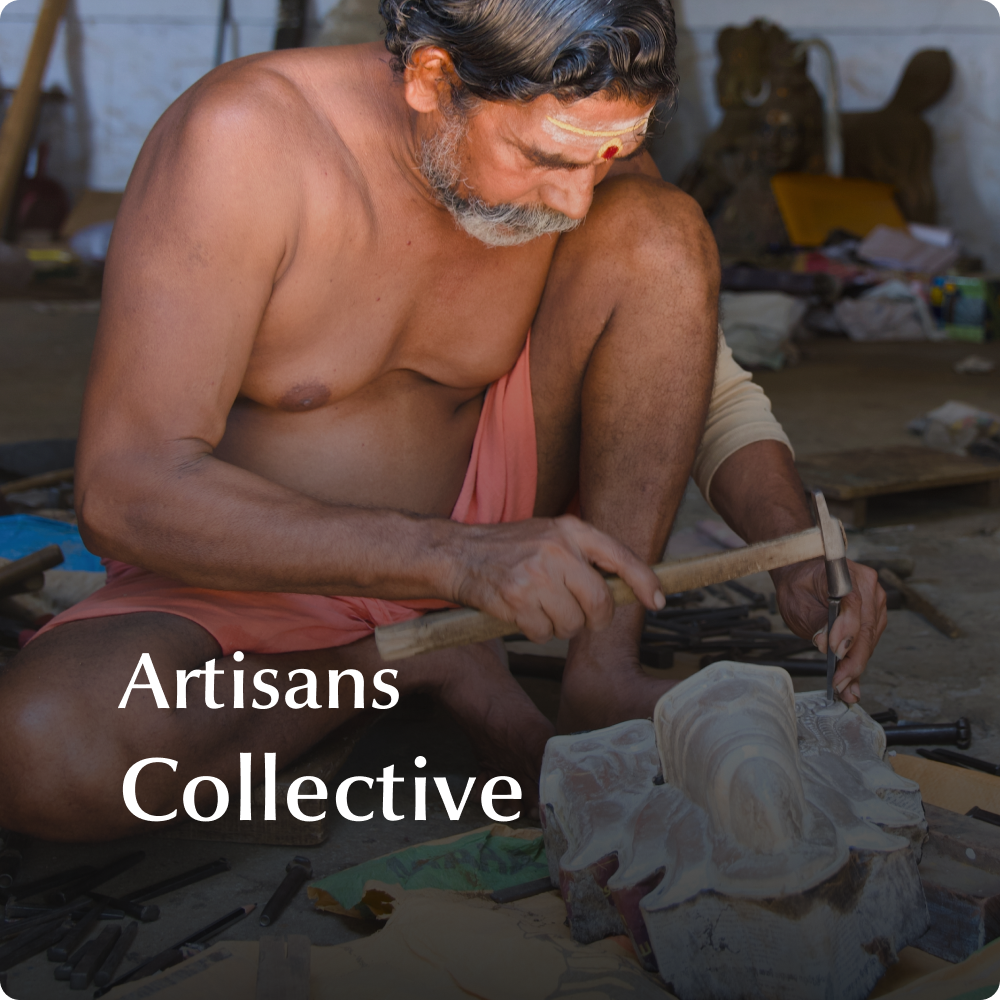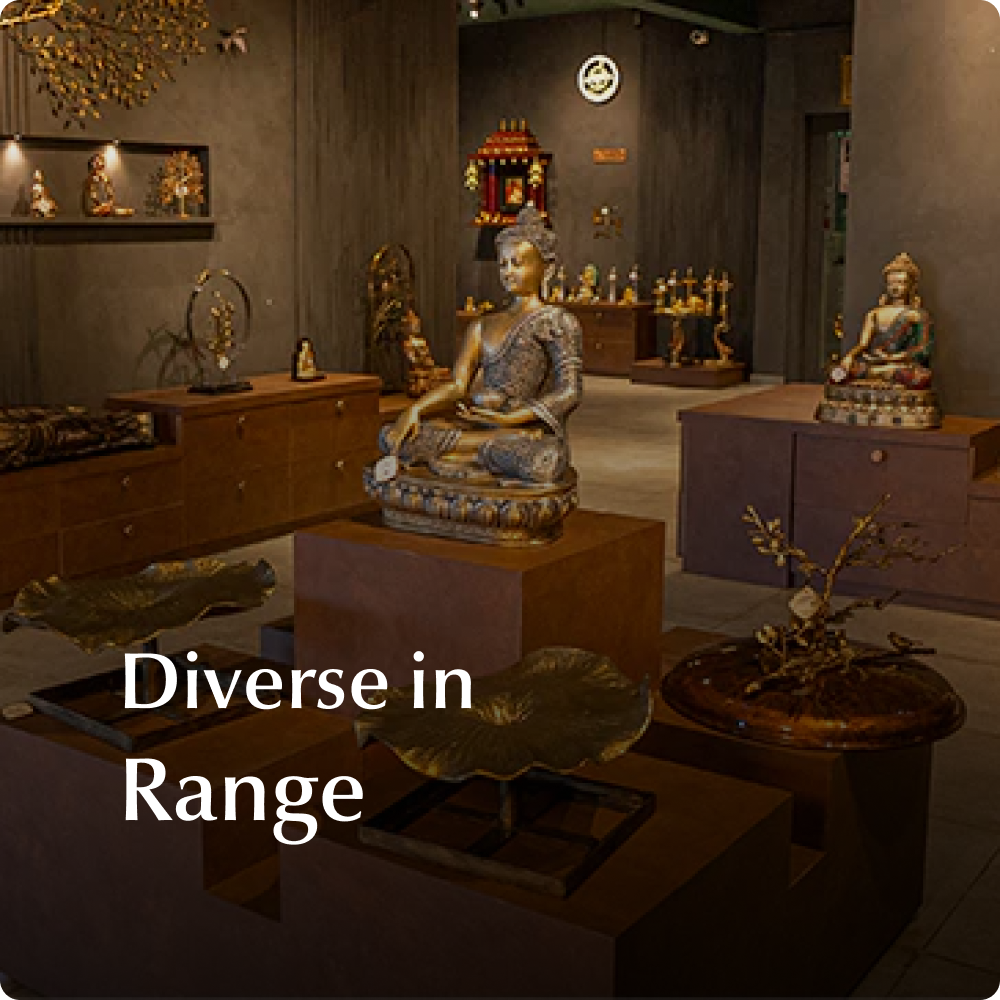Navaratri, is the Indian festival, whose name means Nine Nights. Celebrated for nine days, this is one of the most long held traditions of Hinduism that creates a communal spirit. It honours the Goddess Durga in all her forms representing all the aspects of a successful life.
This is one of the few festivals that celebrates the feminine divinity, which are believed to bring auspiciousness to the universe.
Through the nine days, devotees of certain ethnic beliefs indulge in Navaratri Golu. This custom is the display of the different forms of Gods and mankind placed on 9 platforms. Guests, mostly women, are invited to view the Golu and songs are sung in praise of the Gods and Goddesses. Fragrant sweetmeats and savouries, along with bangles and other knickknacks are offered as Prasad to the guests.
There are 9 forms of the Devi that are worshipped on the 9 days of Navaratri. Below are their significance and rituals to follow on each day.

Shailaputri:
On the first day of Navaratri, the Devi is worshipped as Maa Shailaputri. It is Maa Parvati as the daughter of the King of the Himalayan Mountains. The word Shaila means to Rise to Great heights and Putri means Daughter. Her name thus translates into Daughter of the Mountains.
In her previous birth, she was born as the princess Sati, daughter of Prajapati Daksha. She was deeply devoted to Shiva, who accepted her as his consort, as a boon to her penance. This union was objected to by Daksha who sought to insult the ascetic Shiva whenever he could. Daksha failed to invite Shiva to a powerful yagna, he was to perform and insulted him when he arrived. Sati who was infuriated with the humiliation directed at her husband, immolated herself, vowing to take birth again as the daughter of a respectable man. In her next birth she took the form of Parvati or Shailaputri and took Shiva as her husband again.
On the first night the figurine of the Devi is adorned by draping with a red saree. The women of the home also dress in red clothes to honour her. She is considered as the consort of Shiva. Depictions of Shailaputri show her perched on the Nandi, a bull. She holds a Trishul (Trident) in her right hand and a lotus bud in her left.
Pure Desi Cow Ghee is the offering of choice to Shailaputri. In return she blesses us with a life free of diseases and illness.

Brahmachaarini:
On the second day of Navaratri, the Devi is worshipped in the form of Brahmachaarini. It is the manifestation of the Devi when she underwent penance to prove her devotion to Lord Shiva. She is also called as Tapaschaarini, Aparna and Uma. It is said that her physical body was reduced to skin and bones in her severe tapas to Shiva.The Goddess is depicted holding a Jeba Mala of 108 Rudraksha beads, in her right hand and a Kamadala (Covered Pitcher) in her left hand. Being an ascetic, she is always represented barefooted.
The figurine of the Devi is draped with a Blue saree and the women of the family dress in blue clothes too. Blue is a colour that is tranquil, but has great energy. Devi Brahmachaarini exudes a sense of calm and peace, but her energy is all pervading. Her posture represents the utmost devotion and piety. Performing Puja to her will bless the family with good fortune. She will remove obstacles in our lives, by illuminating the solutions with knowledge.
Being a Tapasvi, she prefers only simple food and offerings. Therefore perform the Puja to her with a Prasad of Sugar crystals (Kalkandu) and fresh fruits, to receive the blessings of virtue and nobility.

Maa Chandraganta:
On the third day of Navaratri, the Devi is worshipped as Maa Chandraghantha. She is the married form of Parvati, but is also a fearsome warrior princess. She was given the name Chandraghantha for the Ardhachandra (half Moon) sigil she placed on her forehead after her marriage to Shiva.
She is depicted as a fierce 10 armed Goddess with a golden yellow complexion. The very sound from the bell (Ghanta) she carries, is said to be powerful enough to vanquish her enemies. She rides into battle on a lion, destroying all that evil and wicked.
Puja must be performed to Maa Chandraghanta, with offerings of Sweet milk and Kheer. The goddess figurine is draped in a yellow saree, and the women also dress themselves in yellow.

Maa Kushmndha:
On the fourth day of Navaratri, the Chaturthi, the Devi is worshipped as Maa Kushmandha. She is worshipped as the creator of all life in the universe, particularly the vegetation on earth. Her name is comprised of three terms – Ku, meaning little, Ushma, meaning Warmth, and Anda, meaning the Egg of life. Her name refers to her as the Little Cosmic egg which creates life with warmth and energy. At the beginning of creation the universe was a dark place devoid of life and light. Kushmandha’s smile brought both into existence. She is depicted with eight arms, with a lion as her vaahana.
Since she is the patron Goddess of Vegetation, her favourite colour is green. The Devi is draped in a green saree and the women also dress in green clothes. The puja is performed with the traditional sweet Malpua as the offering. Devotees also undergo fasting throughout the day, and only break the fast after the Puja.

Maa Skandamatha:
On the Fifth Day of Navaratri, the Panchami, the Devi is worshipped in the form of Maa Skandamatha. She is depicted as a four armed deity with lotus buds in her upper two hands. She bears a bell in her right hand and a Kamandala in her left hand. On her lap is the God Murugar as Skanda. She is the mother Goddess and hence referred to as Skanda matha. She is seated on a Lotus throne, but there are some places where she is seated on a Lion.
The Devi figurine is draped with a grey saree on this day. This is because Grey is representative of the energy transformation of a mother whose children are in danger. Performing Puja to her brings peace and prosperity to the home. She is entrusted with the protection of the children in the family. Skandamatha is offered bananas as Prasad during the Puja.

Maa Katyayani:
On the sixth day of Navaratri, the Devi is worshipped as Maa Katyayani. She is the daughter of the famous Sage Katyayan. She is depicted with four arms, where the right arms are raised in a sign of blessing and protection. The left upper hand bears a lotus blossom and the left lower hand holds a sword. She rides on a lion as her vaahana. Katyayani is the manifestation that has the power to vanquish the asura Mahisha, and is considered the most violent form of Aadi Shakthi.
The Devi figurine is draped in Orange saree and the women also wear orange dress while performing the Puja. It is said that women who have marital issues can perform Puja to Katyayani to receive the blessings of blissful married life, filled with peace and harmony. She is to be offered honey as Prasad to make their married lives as sweet as honey itself.

Maa Kaalratri:
On the Seventh day of Navaratri,the Saptami, the Devi is worshipped as Maa Kaalratri. Her name is split into two terms – Kaal, meaning Black and Ratri, meaning Night. She is depicted as a dark skinned fearsome Goddess with four arms. She is dressed in tiger skin and rides on a donkey. Her two right hands hold the mudras of protection and blessing. The left two hands bear weapons of war. She has three eyes that are said to contain the entire universe. She breathes flames from her mouth and her eyes emanate lustrous rays of energy. She is the most ferocious form of Maa Durga. According to legend, Goddess Parvati removed her light skin to vanquish the demons Sumbha and Nisumbha. Symbolically, it represents the destruction of ignorance and darkness from the universe.
The Devi is draped in pink that represents prayer and peace. This is to appease the fury of the Goddess and the promise to her devotees that she will protect them. During Puja to Maa Kaalratri, offerings of Jaggery must be made, which is then offered to Brahmanas, along with Dakshina.

Maa MahaGauri:
On the eighth day of Navaratri, the Ashtami, Devi is worshipped as Maa MahaGauri. She is depicted as a four armed deity who is seated on a white bull or elephant. She bears a Trishul (Trident) in her upper right arm, and a Dumroo in her lower left arm. Maa Parvati performed severe penance to attain the blessing of Lord Shiva. She renounced all material desires and abstained from physical comforts. She lived thus in the forest for several years facing the heat, rains and cold. Lord Shiva who was pleased by her efforts, appeared before her and showered her with the waters from the holy river Ganges. The Gangajal washed away all the dirt and restored her former beauty. In this form she came to be known as Mahagauri.
The Devi figurine is draped in white on this day, as a symbol of her purity. She is to be offered Coconuts as Prasad during the Puja. It is believed that a childless couple who offer coconuts to Brahmins on this day, will gain the blessings of Mahagauri, who will grant them the boon of fertility.

Maa Siddhidatri:
On the ninth day of Navaratri, the Navami, the Devi is worshipped as Maa Siddhidhatri. Her name signifies Perfection. She is depicted as a four armed Goddess. She is seated on a Lotus throne, adorned with a garland of white flowers. Her upper two arms bear the Shanku (Conch) and the Chakra, the sigils of Lord Vishnu. In her lower arms, she holds the mace and a lotus blossom. She is the embodiment of Maa Lakshmi.
The Devi figurine is draped in a red saree, just like Goddess Lakshmi. Devotees undergo a fast through the day and offer Sesame seeds or sweet balls made of sesame and jaggery as the Prasad. Maa Siddhidatri blesses us with good fortune and prosperity.
After the nine nights of Navaratri, the tenth day is celebrated as Ayudha Puja or Vijaya Dasami in South India. Homes, workplaces, tools and implements used in daily life are cleansed and honoured on this day. Any academic or professional pursuit started on this day is believed to be a sure success. In West Bengal, Navaratri is celebrated as Dussehra on slightly different dates. There are many variations of the legends and festivities in the different states of India.







